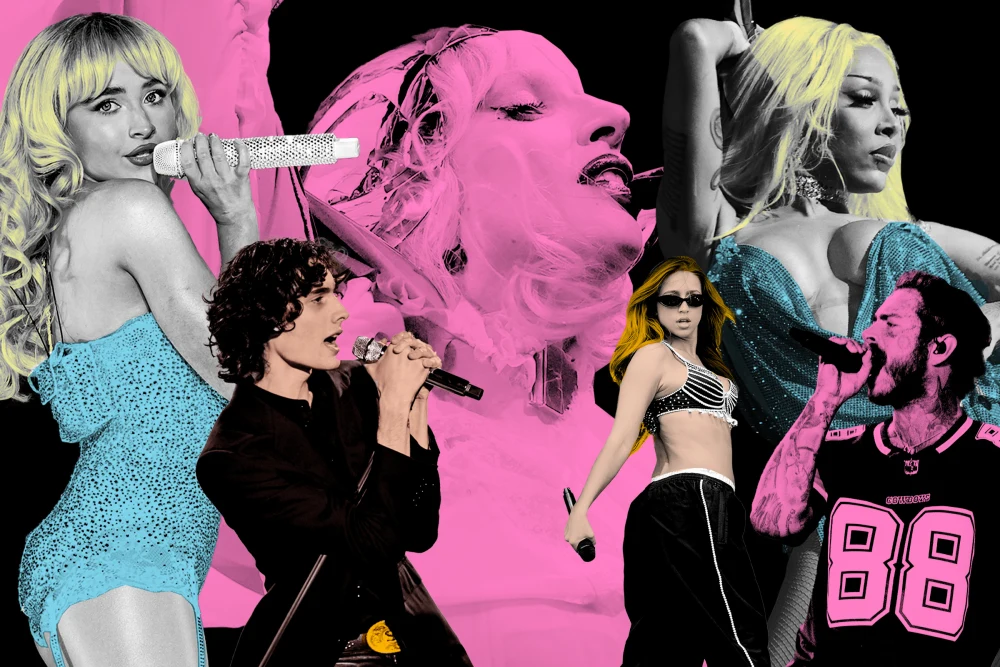Every season has its holidays and every holiday has a story. Winter brings the holidays of lights: Chanukkah, Kwanzaa and Christmas.
The Jewish eight-day festival of the lights is known as Chanukkah. This holiday commemorates the restoration of the Holy Temple in Jerusalem after defilement by the Syrian Greeks. The story of Chanukkah took place during the Maccabean revolt in the second century. In 167 BCE, King Antiochus took over the Holy Temple in Jerusalem and outlawed certain Jewish practices which led the Jewish people to revolt. The Jewish people overthrew the king and recaptured the Temple. Unfortunately, all of the holy vessels had been defiled except for a small jar of oil used to light the menorah, the seven branched candelabra. There was only enough oil to last for one day, but it miraculously burned for eight, indicating that God’s holy presence had returned to the Temple.
Nowadays, Jews add one candle to the menorah for each successive day. The menorah is most often put in the front window to publicize this miracle which occurred over two thousand years ago. Originally, it was a custom to give coins as gifts for Chanukkah, and today Jews eat chocolate coins, or Gelt as part of the celebration. This year the holiday began at sunset Dec. 8 and lasts until Dec. 16 at nightfall.
The holiday of Christmas also includes lights and presents. Christmas, also known as Noel, is the commemoration of the birth of Jesus Christ. The New Testamant recounts that the Virgin Mary gave birth to Jesus in a stable, located in Bethlehem, surrounded by animals. It is said that three Magi, wise men of the East, were guided by the Star of Bethlehem to visit the baby Jesus. The men brought with them presents.
The concept of Santa Clause was derived from Saint Nicholas, a bishop who gave presents to the poor who could not afford to buy gifts. Santa is known to bring presents to the households of good boys and girls. The Christmas tree symbolizes the life of Christ and the birth of Christianity. A star or angel is often placed atop the tree as a way of symbolizing the Star of Bethlehem. Candles are placed in the windows of homes and are there to represent the light of the message of Jesus to the world. This widely observed holiday is celebrated on Dec. 25.
Kwanzaa is a week long celebration beginning Dec. 26 and lasting until Jan. 1. This holiday was created in 1966 and celebrates and honors African heritage and African-American culture. Maulana Karenga, the creator of this holiday, believed that African-Americans should be given an alternative holiday in which to memorialize their history. The celebration focuses on the the seven principles of African tradition. Each principle is devoted to each of the seven days of the holiday. The seven principles are: unity, self-determination, responsibility, economics, purpose, creativity and faith. Like the menorah, the kinara is the candle holder used during the celebration of Kwanzaa. The candle holder has seven candles, symbolizing the seven different principles of belief. Much like Chanukkah, on each day a new candle is lit.
While different in nature, these holidays all have one thing in common: the holiday lights, which illuminate the longest winter nights of the year.









Silverberg • Dec 11, 2012 at 10:30 am
Great photo!
Ana Vancea • Dec 10, 2012 at 10:40 pm
LOVE that picture. Great article Leah!